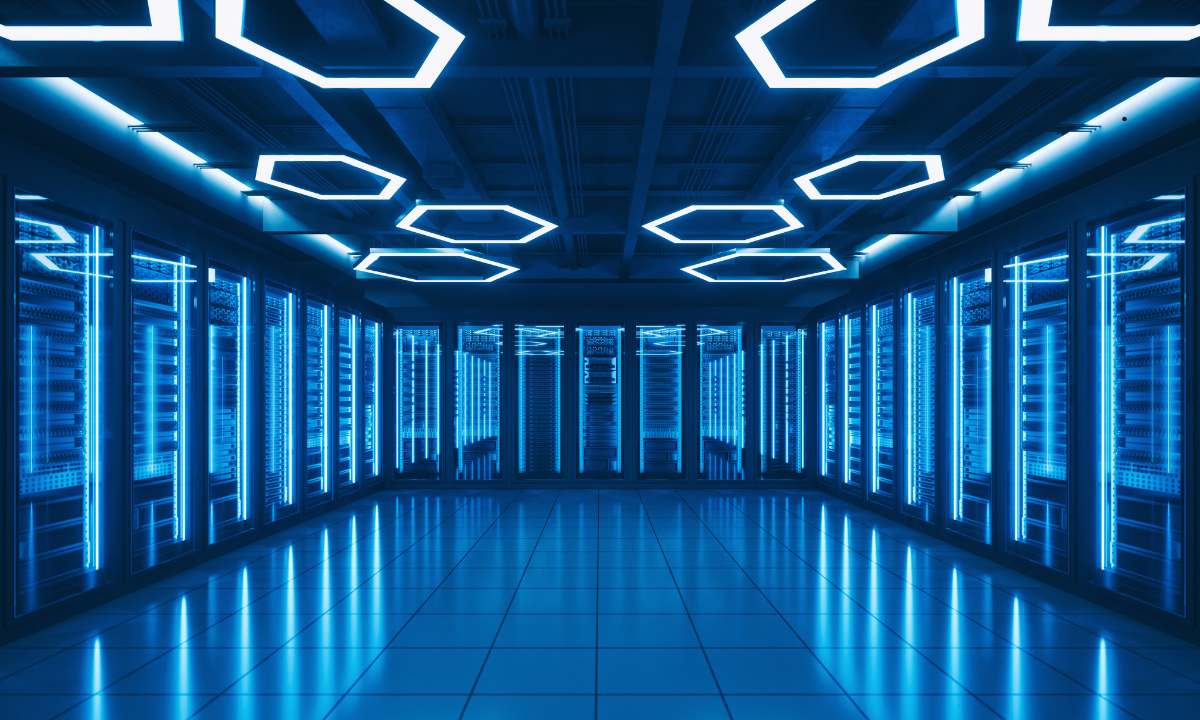The rapid evolution of digital infrastructure demands a paradigm shift in data center design and operation. Traditional facilities, reliant on human oversight and manual maintenance, struggle to keep pace with escalating data volumes, energy costs, and uptime expectations. Enter the autonomous data center—a self-managing, AI-orchestrated ecosystem leveraging robotics, drones, and advanced sustainability solutions. This whitepaper explores the architecture, technologies, and benefits of this transformative concept, offering a blueprint for the next generation of data infrastructure.
1. Introduction
Data centers are the backbone of the digital economy, powering cloud services, AI workloads, and global connectivity. Yet, their operational complexity and resource demands pose significant challenges. The autonomous data center addresses these pain points by integrating cutting-edge automation, reducing human intervention, and optimizing efficiency. This vision combines robotic maintenance, aerial drone support, and intelligent energy management to create a resilient, scalable, and sustainable facility.
2. Core Components of the Autonomous Data Center
2.1 Robotic Workforce
- Functionality: Autonomous robots perform routine maintenance, hardware swaps, and diagnostics with precision. Equipped with articulated arms, advanced sensors (LIDAR, thermal imaging), and AI-driven decision-making, they ensure continuous operation.
- Mobility: Magnetic tracks or wheeled bases enable seamless navigation across server racks.
- Benefits: Minimizes downtime, reduces human error, and lowers labor costs.
2.2 Drone-Based Support Systems
- Role: Drones handle logistics and monitoring, delivering tools, components, and replacement parts to robots or elevated server zones.
- Capabilities: High-resolution cameras and thermal scanners enable real-time anomaly detection (e.g., overheating servers).
- Applications: Security patrols, rapid part deployment, and aerial infrastructure assessments.
- Advantages: Enhances accessibility, speeds response times, and eliminates ladder-based risks.
2.3 AI-Driven Orchestration
- Central System: A sophisticated AI oversees operations, integrating data from robots, drones, and environmental sensors.
- Features: Predictive maintenance, workload optimization, and real-time analytics displayed via holographic dashboards.
- Impact: Proactively resolves issues, boosts uptime, and enables remote human oversight through VR interfaces.
2.4 Sustainable Infrastructure
- Energy: Solar panels and geothermal systems power the facility, with AI-managed battery storage ensuring efficiency.
- Cooling: Dynamic systems like liquid immersion and adaptive airflow reduce energy consumption.
- Scalability: Modular design and construction robots allow seamless expansion.
- Outcome: Near-zero carbon footprint and reduced operational costs.
3. Operational Workflow
The autonomous data center operates as a cohesive ecosystem:
- Monitoring: Drones and sensors continuously scan for irregularities (e.g., temperature spikes, hardware failures).
- Response: The AI dispatches robots or drones to address issues, such as replacing a faulty drive or rerouting airflow.
- Maintenance: Robots execute scheduled upkeep, while drones deliver supplies from external shipments.
- Expansion: Construction bots assemble new modules as data needs grow, guided by AI projections.
- ** Oversight:** Human engineers monitor remotely, intervening only for high-level decision-making.
This closed-loop system maximizes efficiency and resilience, adapting dynamically to fluctuating demands.
4. Benefits and Implications
4.1 Efficiency and Cost Reduction
- Automation slashes labor expenses and minimizes downtime.
- Energy optimization lowers utility bills by up to 40% (projected).
4.2 Scalability and Flexibility
- Modular design supports rapid growth without disrupting operations.
- External drone deliveries ensure a steady hardware supply chain.
4.3 Sustainability
- Renewable energy and efficient cooling align with global decarbonization goals.
- Reduced human commuting shrinks the facility’s environmental footprint.
4.4 Reliability
- Predictive maintenance and real-time monitoring achieve near-100% uptime.
- Redundant robotic and drone systems ensure operational continuity.
5. Challenges and Considerations
- Initial Investment: High upfront costs for robotics, drones, and AI infrastructure.
- Technical Complexity: Requires robust cybersecurity and fault-tolerant systems.
- Regulatory Hurdles: Drone operations and autonomous construction may face legal restrictions.
- Workforce Transition: Upskilling humans for remote oversight roles is essential.
Mitigation strategies include phased implementation, partnerships with tech providers, and compliance with evolving regulations.
6. Future Outlook
The autonomous data center is not a distant dream but an emerging reality. Pilot projects integrating robotics and AI are already underway, with companies like xAI at the forefront. By 2030, we anticipate widespread adoption, driven by:
- Advances in robotics and drone technology.
- Growing demand for edge computing and low-latency networks.
- Escalating pressure for sustainable infrastructure.
This evolution will redefine data management, positioning early adopters as leaders in the digital landscape.
7. Conclusion
The autonomous data center represents a bold leap forward—an intelligent, self-sustaining hub where robots, drones, and AI converge to meet the demands of a data-driven world. By blending automation with sustainability, it promises unparalleled efficiency, resilience, and scalability. As we stand on the cusp of this revolution, the question is not if but how soon organizations will embrace this future.











